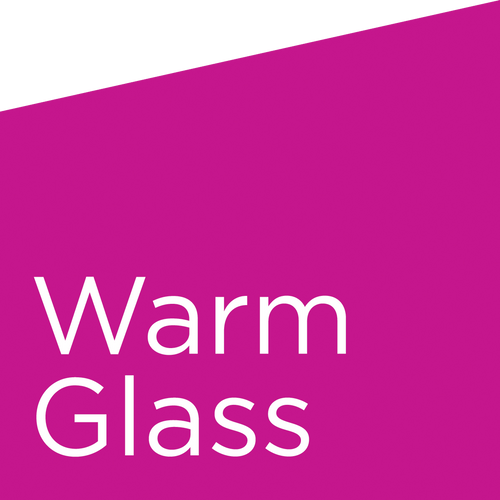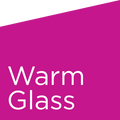This glass style requires a longer initial hold time during firing to reach the target colour - please see the working notes below.
Contains:
Lead
May React With:
Selenium, Sulphur
Cold characteristics:
This style may not reveal (or strike to) its target colour until fired.
Appears as a dark transparent. May appear to be blue in colour.
Working Notes:
Colour usually deepens on firing. Possible dark interface reaction with selenium and/or sulphur glasses (0137, 1122, 1125, 0124, 0125, 1137, 1437). Less viscous (softer) than most other glasses. Some gold-bearing striking glasses, like this one, should be fired with a 2 hour hold at 663°C during the initial stages of the firing cycle. If fired without this hold, they may not strike at all, or they may strike but appear spotty and have a blue-brown cast, as opposed to the desired target colour. This full-fuse schedule should effectively strike these glasses:
Segment 1:
Rate (°C/hr) – *
Temp (°C) – 663
Hold – 2:00
Segment 2:
Rate (°C/hr) –333
Temp (°C) – 810
Hold – 0:10
Segment 3:
Rate (°C/hr) – 999
Temp (°C) – 482
Hold – **
* The initial rate of heat is not a critical factor in successfully striking gold-bearing glasses. Choose an initial rate of heat appropriate to the scale and design of the project that you are firing.
** Remainder of cycle depends on the thickness of the piece. For colour-sensitive projects, we recommend testing the cycle you plan to use by fusing a small sample of a similar setup in the same kiln as the project to best predict final colour results.
Like our sheet glass, stringers are made by hand. There may be slight variation in colour, thickness, length, etc.
All our glass is COE90, Bullseye Glass compatible and suitable for applications such as glass fusing, glass casting and glass slumping (unless otherwise stated in the description).


